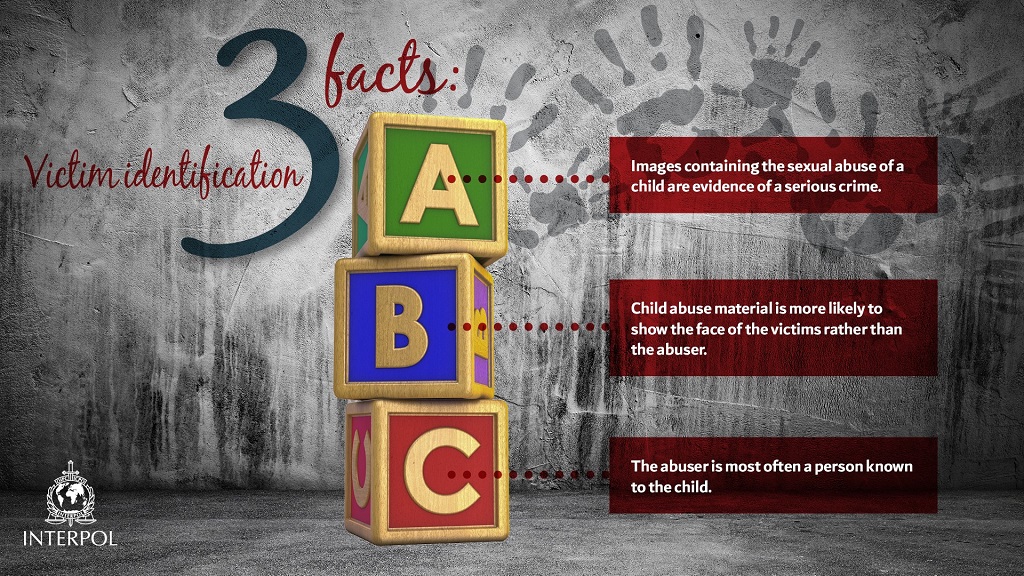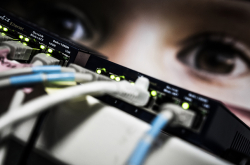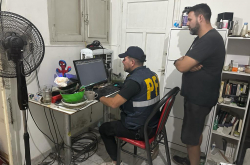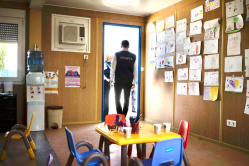Online child sexual abuse is one of the rare crime areas where police officers start with the evidence and work their way back to the crime scene.
The images can either be discovered through:
- Child exploitation investigations;
- Proactive monitoring of online platforms;
- Forensic analysis of seized mobiles, laptops, digital storage units, etc.
Once images are found, victim identification specialists take over. They go through the images with a fine-toothed comb with the objective of removing the child from harm and arresting the abuser.
A key tool in this is our International Child Sexual Exploitation Database, which includes image comparison software that helps victim identification specialists compare and exchange information on material and active investigations.
Evidence of a serious crime
Contrary to common beliefs about sexual abuse, the abuser is most often a person known to the child, such as a family member, neighbour or childcare professional. The vast majority of child sexual abuse cases are not documented, mostly taking place behind closed doors in private settings.
When the abuse is recorded or photographed, however, what is really being documented is evidence of a serious crime. Abusers often use the images for future sexual gratification, or to be traded and shared with other abusers.

Specialized investigators
Due to its very nature, victim identification is difficult work, which requires specialists from all different fields. Often, law enforcement officers will work closely with authorized civilian analysts to determine the origin of a series of images or video.
Victim identification specialists work closely with their counterparts all over the world to ensure that clues that are unique, typical or easily recognizable in one country are not overlooked by another country.
Our Crimes against Children unit is available to advise member countries on how to set up victim identification units and provides a number of specialized training programmes.
Victim Identification Task Force
While databases and secure communications network are central to our efforts, sometimes we simply need everyone to be in the same place at the same time to crack complicated cases involving several countries.
To this end, we gather victim identification specialists on a regular basis in order to focus on existing, unsolved cases. These operational exercises often lead to the identification of several dozen victims and the launch of numerous investigations.









